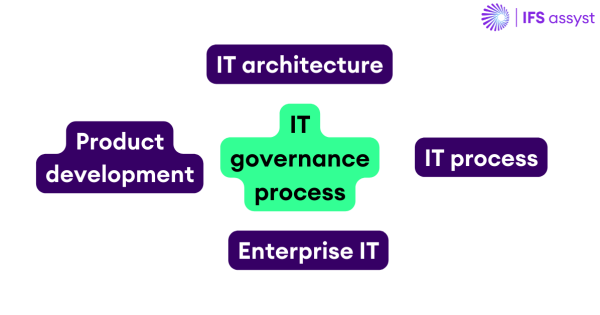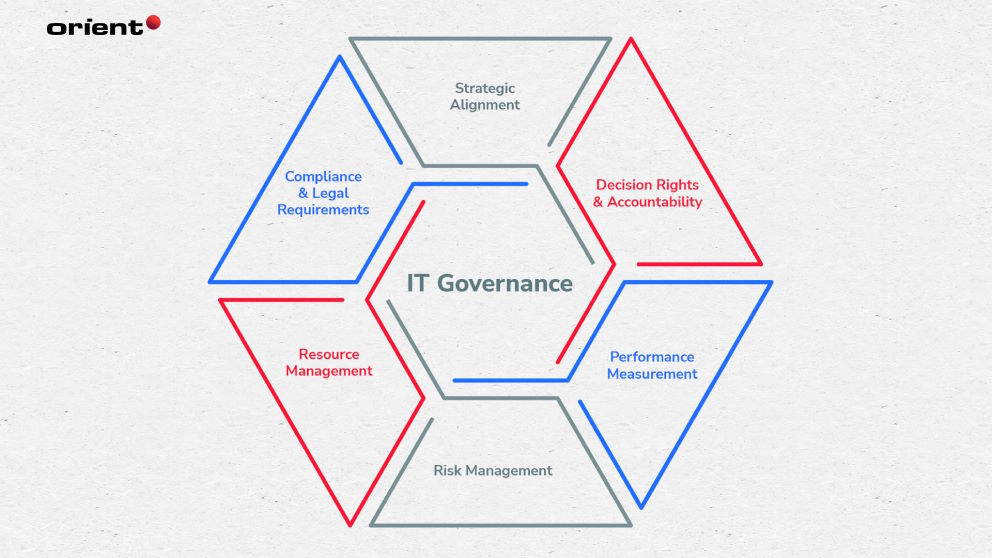What is Virtual Healthcare?
Virtual healthcare refers to remote medical services that utilize digital tools like telemedicine, AI diagnostics, and mobile health applications. This modern approach enables patients to consult healthcare providers from anywhere, reducing the need for in-person visits while maintaining high-quality medical care.
How Virtual Healthcare Works
- Telemedicine: Video consultations with doctors and specialists.
- Remote Patient Monitoring (RPM): Wearable devices track vital signs and send real-time data to physicians.
- AI-powered Diagnostics: AI-driven tools analyze symptoms and recommend treatments.
- Mobile Health Apps: Applications that help patients track medication, symptoms, and lifestyle choices.
The Benefits of Virtual Healthcare
Convenience and Accessibility
- 24/7 Access: No need to schedule months in advance.
- Geographic Flexibility: Rural and underserved areas benefit the most.
- Elderly and Disabled Support: Home-based care reduces the burden of travel.
Cost Savings
- Lower Consultation Fees: Virtual visits often cost less than traditional visits.
- Reduced Travel Costs: No need for transportation expenses.
- Less Time Off Work: Patients can consult doctors without taking leave.
Faster Diagnoses and Treatment
- AI Tools for Speedy Assessment: Algorithms help analyze symptoms quickly.
- Instant Access to Specialists: No need for long referral processes.
- Remote Monitoring Reduces Hospital Visits: Doctors can track patients’ conditions in real time.
People Are Always Asking
Is Virtual Healthcare as Effective as In-Person Visits?
While virtual healthcare provides excellent convenience and efficiency, some conditions require physical examinations, imaging, or lab tests that telemedicine alone cannot provide.
Can Virtual Healthcare Replace Traditional Clinics?
No, but it complements traditional healthcare by handling minor illnesses, follow-ups, mental health consultations, and chronic disease management remotely.
How Secure is Virtual Healthcare?
Reputable virtual healthcare platforms use end-to-end encryption, HIPAA-compliant servers, and multi-factor authentication to protect patient data.
Potential Drawbacks of Virtual Healthcare
1. Lack of Physical Examination
- Some diagnoses require hands-on assessment.
- Possible Solution: Hybrid models where virtual consultations lead to in-person visits if needed.
2. Technology Barriers
- Elderly or low-income patients may struggle with tech access.
- Possible Solution: Training programs and affordable devices.
3. Data Security Concerns
- Risk of cyberattacks on patient records.
- Possible Solution: Regular software updates and strong security protocols.
Tamer Badr’s Opinion on Virtual Healthcare
Tamer Badr, the owner of Singleclic, a leading health-tech solutions provider, shares his thoughts:
“Virtual healthcare isn’t about replacing doctors—it’s about empowering them. Technology can bridge gaps in medical access and enhance patient experiences, but human touch will always remain irreplaceable.”
Reviews from Patients and Providers
Patient Perspective
- Sarah, 34: “I saved hours by getting a prescription refill online. It’s a game-changer for busy parents.”
- John, 67: “Remote monitoring helped me manage my diabetes without frequent hospital visits.”
Doctor’s Perspective
- Dr. Ahmed Ali: “Telemedicine allows me to see more patients daily while maintaining quality care.”
- Nurse Lisa: “It’s great for follow-ups, but some cases still need in-person assessments.”
Future Trends in Virtual Healthcare
AI and Machine Learning Integration
- AI-powered chatbots will assist in triaging patient queries.
- Predictive analytics will enhance early disease detection.
5G and Edge Computing
- Faster video calls and real-time data sharing will improve consultation quality.
Virtual Reality (VR) for Therapy
- VR-based rehabilitation programs for physical and mental health.
How to Get Started with Virtual Healthcare
Step 1: Choose the Right Platform
Look for platforms that offer certified doctors, secure data handling, and 24/7 support.
Step 2: Set Up Your Tech
- Ensure a stable internet connection.
- Use a good-quality webcam and microphone.
Step 3: Schedule Your Appointment
- Select a suitable time.
- Prepare medical history and current symptoms.
Frequently Asked Questions (FAQs)
Q: Can I get a prescription via virtual healthcare? A: Yes, doctors can issue digital prescriptions, depending on the condition and regulations.
Q: Is virtual healthcare covered by insurance? A: Many insurers now cover telemedicine visits, but policies vary.
Q: Can I get a second opinion virtually? A: Absolutely! Many specialists offer remote second opinions.
Final Thoughts
Virtual healthcare is reshaping the medical industry, making healthcare more accessible, cost-effective, and efficient. While challenges exist, ongoing advancements will continue improving patient experiences.
For businesses looking to integrate digital health solutions, check out Singleclic’s healthcare solutions for cutting-edge technology in virtual medical care.










One Response
Insightful post! Loved the forward-thinking perspective on virtual healthcare clear points on tech integration and patient access make it a must-read for health innovators.